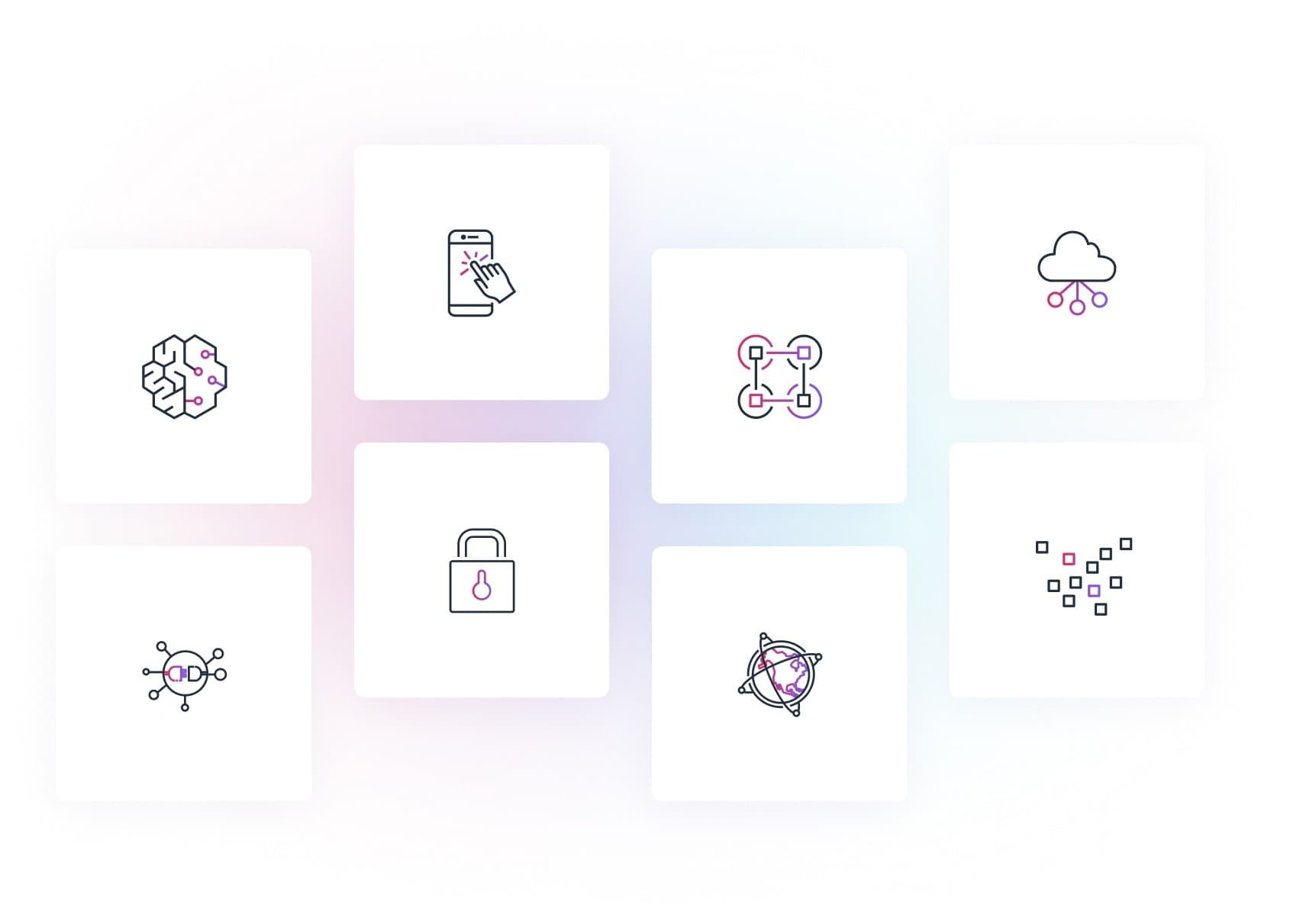Powering Web3 on AWS
Build resilient, globally available Web3 workloads at scale on AWS
Web3 on AWS
Organizations of all sizes and types are adopting Web3-native technologies like blockchain to build the next generation of financial services, consumer engagement, gaming, and more. AWS provides a breadth of services and solutions across key pillars such as compute infrastructure, enterprise- grade security, and data analytics to empower builders to create global, decentralized Web3 workloads at scale.

Explore Web3 use cases
Reimagine customer experiences and business processes with Web3.
Building blocks to create and scale decentralized applications
Innovate faster with industry-leading compute offerings that deliver the highest performance while lowering costs for blockchain infrastructure, fully-managed blockchain services, and powerful data and analytics capabilities.



Supporting Web3 startups building on AWS
AWS is committed to powering Web3 and supporting those shaping the Internet's future. AWS helps founders prove that their world-changing ideas are possible, at any stage of growth or level of funding. We know what it takes to launch, build, and scale successful startups.
AWS Activate provides eligible startups with tools and resources plus up to $100,000 in AWS credits to ramp up on AWS. Additionally, in partnership with leading Web3 infrastructure companies, the AWS Web3 Activate Provider Program was launched to help startups with their go-to-market and scalability needs by offering expert guidance and technical education with cost-effective infrastructure and reliable support.
